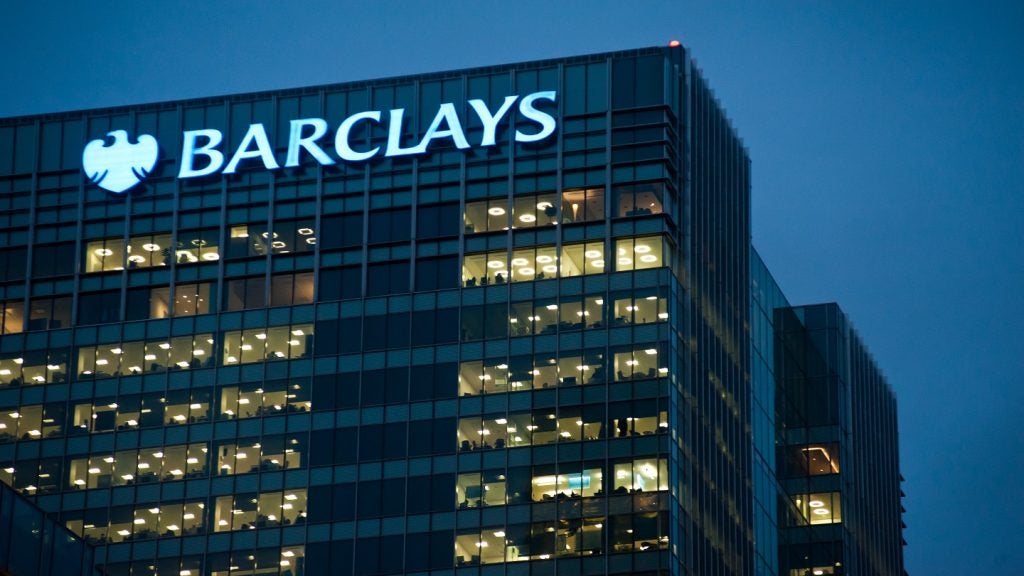As banks move further away from face-to-face transactions ensuring customer satisfaction has become increasingly difficult. As a result, spending on CRM software is booming as banks strive to keep customers happy. Hannah Smithies investigates
With the advancement of technology, rising competition and changing consumer preferences, it has become ever more important for banks and payments services to have effective customer service and relationship management (CRM).
In this evolving environment, many companies have adopted a number of best practices, including: the installation of new CRM systems or the strengthening of those existing, effective management of contact center operations, the development of customized products and pricing one a individual basis and the use of online and social networking platforms to address customers’ complaints.
By adopting CRM applications banks and payment companies are able to improve customer services and provide suitable products.
Global spending on CRM applications by retail banks reached $1.9bn in 2012, accounting for 14.0% of the overall global spending on CRM. Spending is expected to accelerate further over the forecast period (2013-2017), increasing from $2.1bn in 2013 to $3bn in 2017 at a CAGR of 10.10%.
Companies in the Americas and Europe were early adopters of CRM applications, where they’re using the technology to develop new projects. The Asia-Pacific region has closely followed whilst CRM solutions are still a relatively new concept in the Middle-East and Africa.
How well do you really know your competitors?
Access the most comprehensive Company Profiles on the market, powered by GlobalData. Save hours of research. Gain competitive edge.

Thank you!
Your download email will arrive shortly
Not ready to buy yet? Download a free sample
We are confident about the unique quality of our Company Profiles. However, we want you to make the most beneficial decision for your business, so we offer a free sample that you can download by submitting the below form
By GlobalDataAnalytics within CRM has been a key factor, allowing banks and payment companies to combine customer data with business intelligence and to devise strategies to address customer issues and provide necessary solutions and products.
Initially analytical tools within CRM systems were used for the purposes of attracting customers to certain products but they have evolved to be more customer-centric.
Analytical tools can segment customers by age, gender and income to offer personalised products. For example, high net worth individuals (HNWIs) can generate demand for premium cards with benefits andprivileges.
In the US, the total number of HNWIs increased from 3.9m in 2008 to 5.8m in 2012. Over the forecast period, the total number of HNWIs is expected to increase from 6.8m in 2013 to 9.7m in 2017. Similarly, in China, the total number of HNWIs increased from 779,896 in 2008 to 1.5m in 2012.
Understanding these changing figures through analytics can help banks and companies know how best to respond to the needs and demands of HNWIs.Customer segmentation is also carried out on the basisof existing relationships with banks, benefitting both the customer and the bank.
Although a significant proportion of banking transactions are conducted at full-service branches, due to rising online and mobile penetration many customers prefer a multi-channel experience that includesonline, mobile and social media.
Each channel can deliver different services to customers in different ways depending on which the customer finds most convenient or appropriate.
CRM on social media is beginning to gain prominence among retail banks and payment companies. With the growing popularity of networking platforms such as Twitter, Facebook and LinkedIn, customers areincreasingly interacting with banks through these channels.
Social media CRM aims to gather customer data and deliver appropriate solutions through interaction onan online networking platform.
It usually takes the form of banks and payment companies setting up accounts and profiles to addresscustomers’ issues, complaints and feedback. This, it is hoped, helps them to maintain customerrelationships and retain market share.
The use of social media by banks has started to attract the attention of regulators particularly regarding the issues around of know your customer (KYC), anti-money laundering and privacy.
Although specific regulations related to the use of social networks are limited, banks are expected to look closely at existing regulations and laws and ensure that they are not violated while interacting onsocial platforms.
To increase transparency in banking and payments, regulators in various markets have enacted guidelines requiring companies to disclose policies, terms and conditions, and other details to customers.
The Credit Card Accountability Responsibility and Disclosure (CARD) Act of 2009 in the US and the Consumer Credit (Disclosure of Information) Regulations, 2010, in the UK are examples of regulationsaiming to increase transparency for customers.
As to how this relates to social media;if a bank employee retweets or shares an article related to products and services of the bank, or a third-party opinion related to investment, this may be classified as investment advice and subject to corresponding regulation.
Banks are trying to improve customer experience online and off by improving distribution networks andintegrating technologically advanced features in branch banking networks. Although a significan proportion of banking transactions are conducted at full-service branches, many customers prefer a multichannel experience such as online, mobile and social media due to rising online and mobile penetration, with each channel delivering services to customers in different ways.
Self-service banking has evolved into an alternative to full-service branch banking to offer an improved, cost-effective banking experience to customers.
Banking services are offered through automated kiosks, flagship branches, contactless ATMs and in-store self-service terminals through which customers can perform most banking transactions.
In another effort to improve customer convenience, mobile banking has increased dramatically with the increased adoption of mobile devices. It enables banks and payment companies to offer an ‘updated’banking experience.
Banks and payment companies have developed mobile phone applications that allow customers toaccess their accounts and make online transactions, giving rise to the concept of ‘omni-channel’ bankingwhere banks can provide customers with a single view of their finances using a mobile device.







